Piercing Wounds: How to Prevent Infection and Heal Faster
Piercing wounds are often the result of a desire to express personal style and fashion. While they can look attractive, a piercing wound is still an open wound that needs proper care to prevent infection.
Some types of piercings, such as earlobe piercings, are relatively safe and heal quickly. But piercings in other areas—like the nose, navel, or tongue—are more prone to irritation and infection, especially if not cared for correctly.
If you have skin problems such as active acne, eczema, or skin infections, it’s best to postpone your piercing.
Piercing unhealthy skin increases the risk of infection and slows the healing process.
Without proper care, a piercing wound can become swollen, filled with pus, or leave scars that are hard to remove.
That’s why it’s important to know how to care for a piercing wound from the start—to keep it clean, healthy, and heal faster.
Piercing Wounds: Know the Risks Before You Regret It
A piercing may seem like a small beauty enhancement, but behind that tiny needle are several health risks often overlooked.
If done with unsterile tools or neglected aftercare, piercing wounds can cause infections, allergic reactions, or even serious blood-borne diseases.
Before deciding to get a piercing, it’s important to understand the possible risks so you can take proper precautions.
1. Allergic Reactions
The jewellery used after piercing can trigger allergies, especially if it contains nickel. Symptoms include itching, redness, and swelling around the piercing site.
Allergic reactions and infections often share similar symptoms, making them hard to distinguish. Both can cause itching, warmth, or discharge from the wound.
To avoid this, choose jewellery made from titanium, pure gold, or medical-grade stainless steel, which are safer for sensitive skin.
2. Skin Infection
Infections are the most common complication of piercings, usually indicated by redness, pain, swelling, and pus discharge.
They can result from unsterile equipment or poor hygiene during aftercare.
If left untreated, infections can worsen, causing scarring or even abscesses (pus accumulation under the skin).
3. Other Skin Problems
Piercings may also cause keloids—raised, thick scars formed from excess tissue growth. Keloids often appear weeks or months after piercing and may feel itchy or painful to the touch.
4. Oral and Gum Issues
For those with tongue or lip piercings, dental and gum damage is a serious risk.
Metal jewellery can chip or crack teeth, while repeated contact with gums may cause wounds or gum recession.
Tongue swelling after piercing can also interfere with chewing, swallowing, or even breathing.
5. Blood-Borne Diseases
Unsterilized piercing tools can spread dangerous infections such as hepatitis B, hepatitis C, or tetanus.
Therefore, ensure your piercing is performed by a professional using sterile, single-use equipment.
6. Tearing or Trauma
Piercing jewellery can get caught on clothing or hair, causing tears.
Deep tears may require stitches or medical treatment to repair.
Signs of an Infected Piercing Wounds
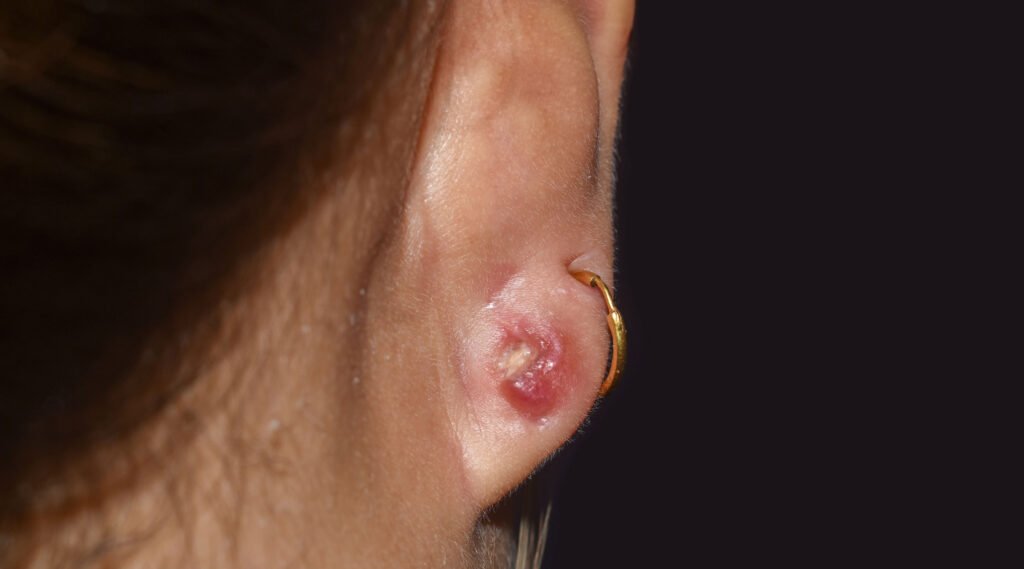
An infected piercing wound is usually easy to identify by changes around the pierced area. Warning signs include:
- Redness, swelling, and warmth around the site.
- Persistent pain or stinging sensation.
- Yellowish discharge or pus from the hole.
- Itchiness, foul odor, or discomfort around the piercing.
In more serious cases, you may experience a mild fever due to the spreading infection.
If you notice any of these symptoms, don’t delay treatment. Clean the wound immediately and consult a dermatologist for proper medical care to prevent the infection from spreading.
How to Care for a Piercing Wounds and Prevent Infection
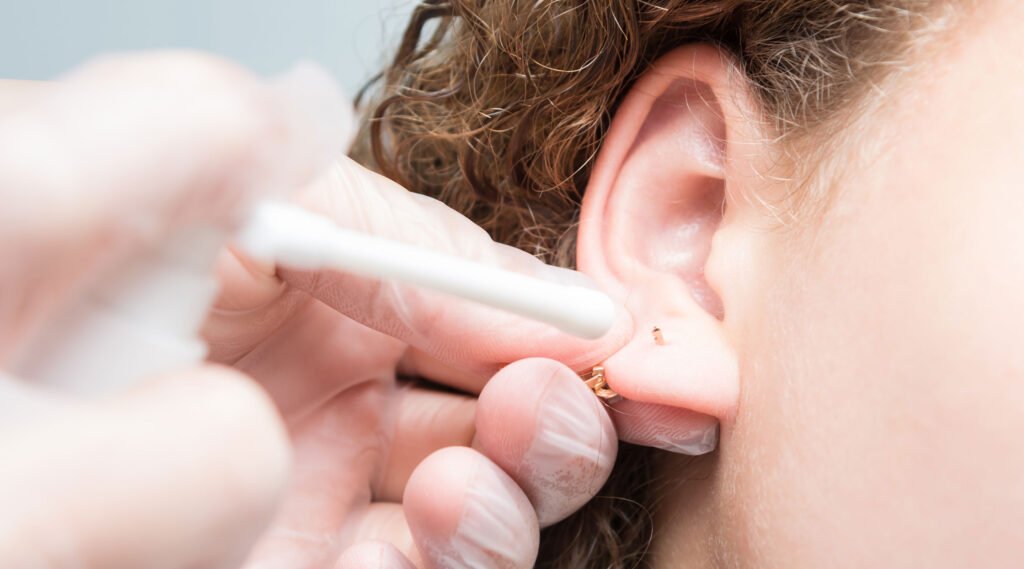
Proper aftercare helps your piercing heal more quickly and reduces the risk of complications. Here are the key steps to follow:
- Always wash your hands before touching the pierced area to prevent bacteria transfer.
- Clean the wound twice daily using sterile saline solution or a gentle wound cleanser. Avoid alcohol, iodine, or hydrogen peroxide, as these can damage healing tissue.
- Keep the jewellery in place until the wound is fully healed—removing it too early can cause the hole to close and lead to inflammation.
- Avoid swimming in pools, the sea, or unclean water, which may contain bacteria that cause infection.
- You may also apply a wound regeneration cream to keep the area moist and speed up healing. Moist wounds generally heal faster than dry ones.
Caring for a piercing wound isn’t just about appearance—it’s about skin health.
By maintaining cleanliness, using proper wound-care products, and watching for signs of infection, you can ensure your piercing heals smoothly without problems.
Don’t let a piercing wound turn into an infection that ruins your look and comfort. Use wund+™ Regeneration Cream to help your wound stay moist, heal faster, and fade without scars.
References
American Academy of Dermatology. Accessed in 2025. Caring for new piercings.
Mayo Clinic. Accessed in 2025. Piercings: How to prevent complications
Schweigerderm. Accessed in 2025. Protect Your Piercings: Advice for Healing and Care







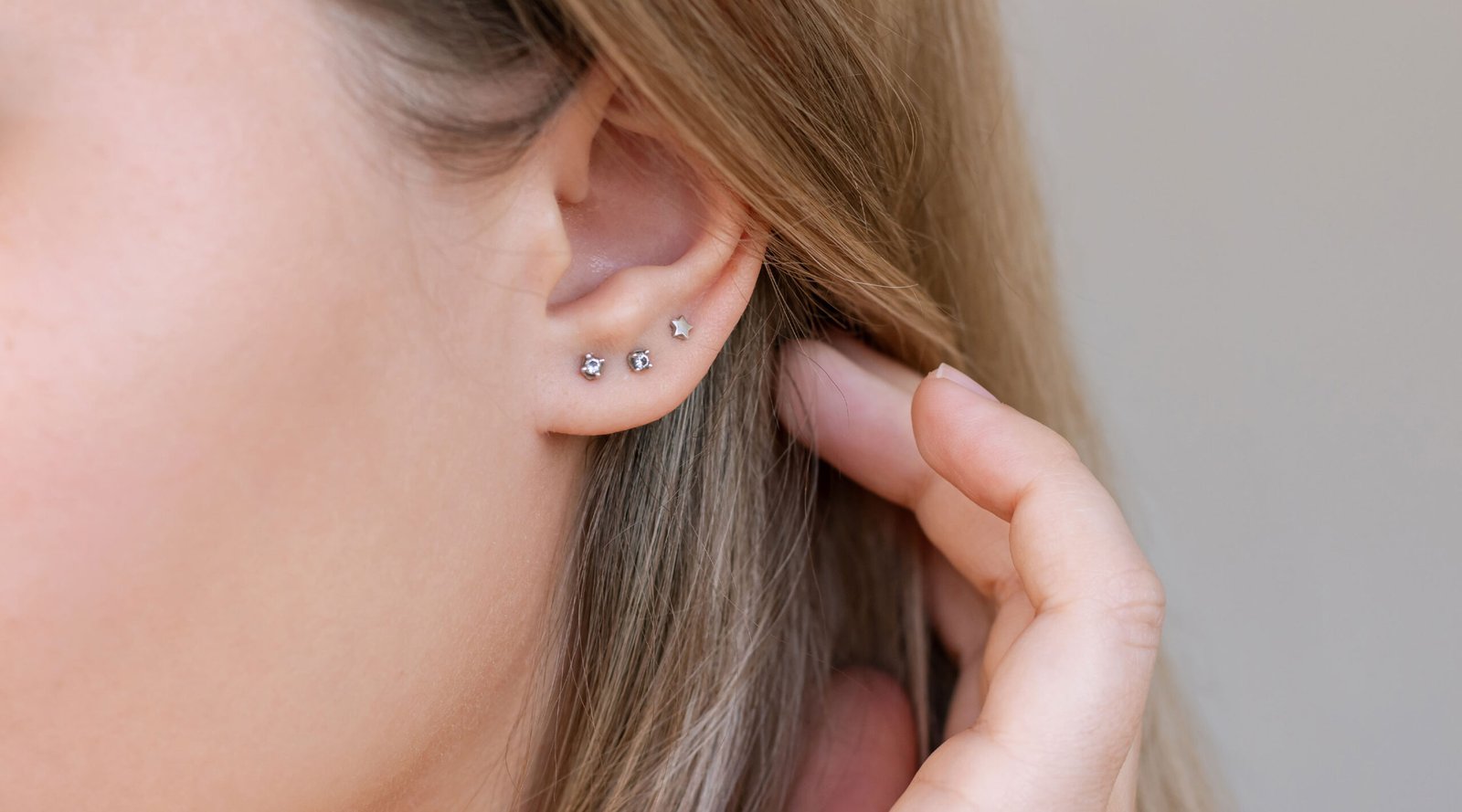


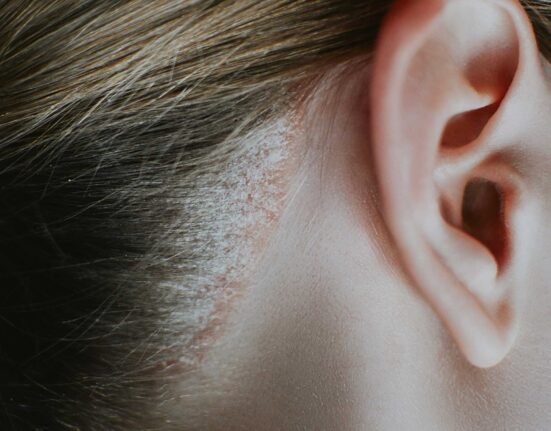
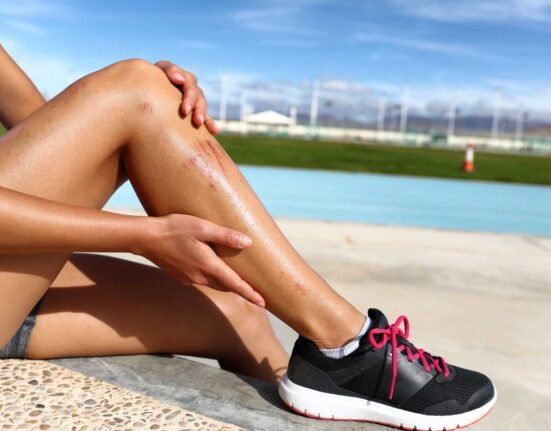

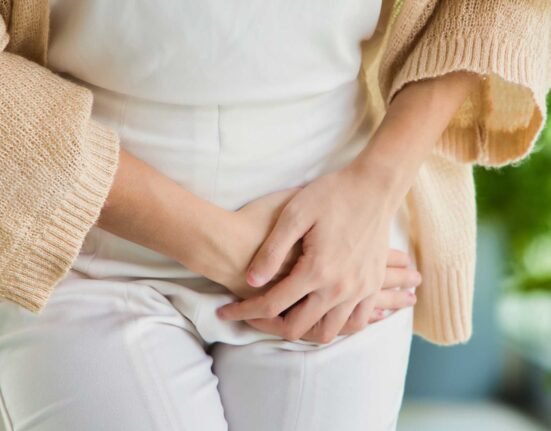
Leave feedback about this